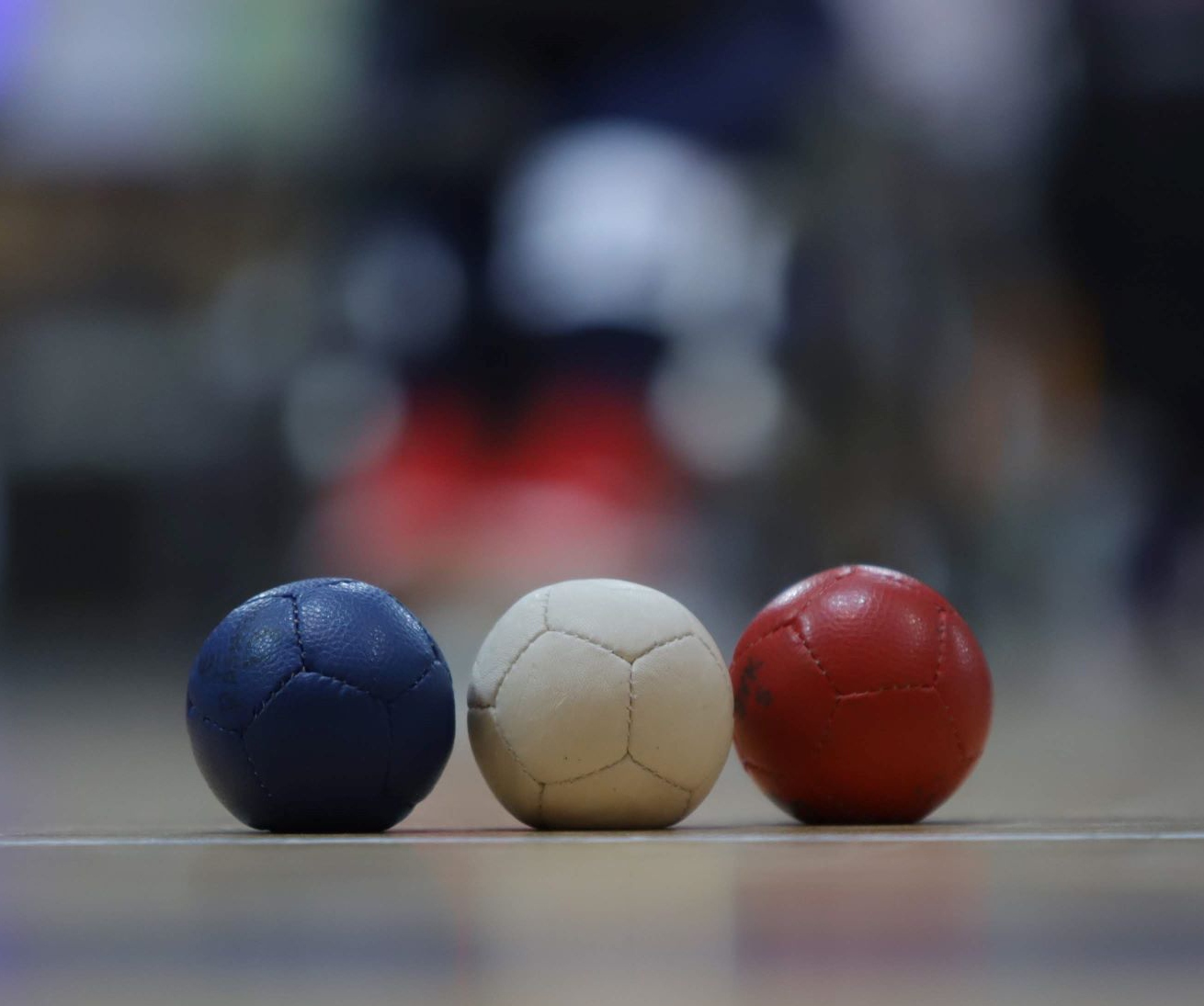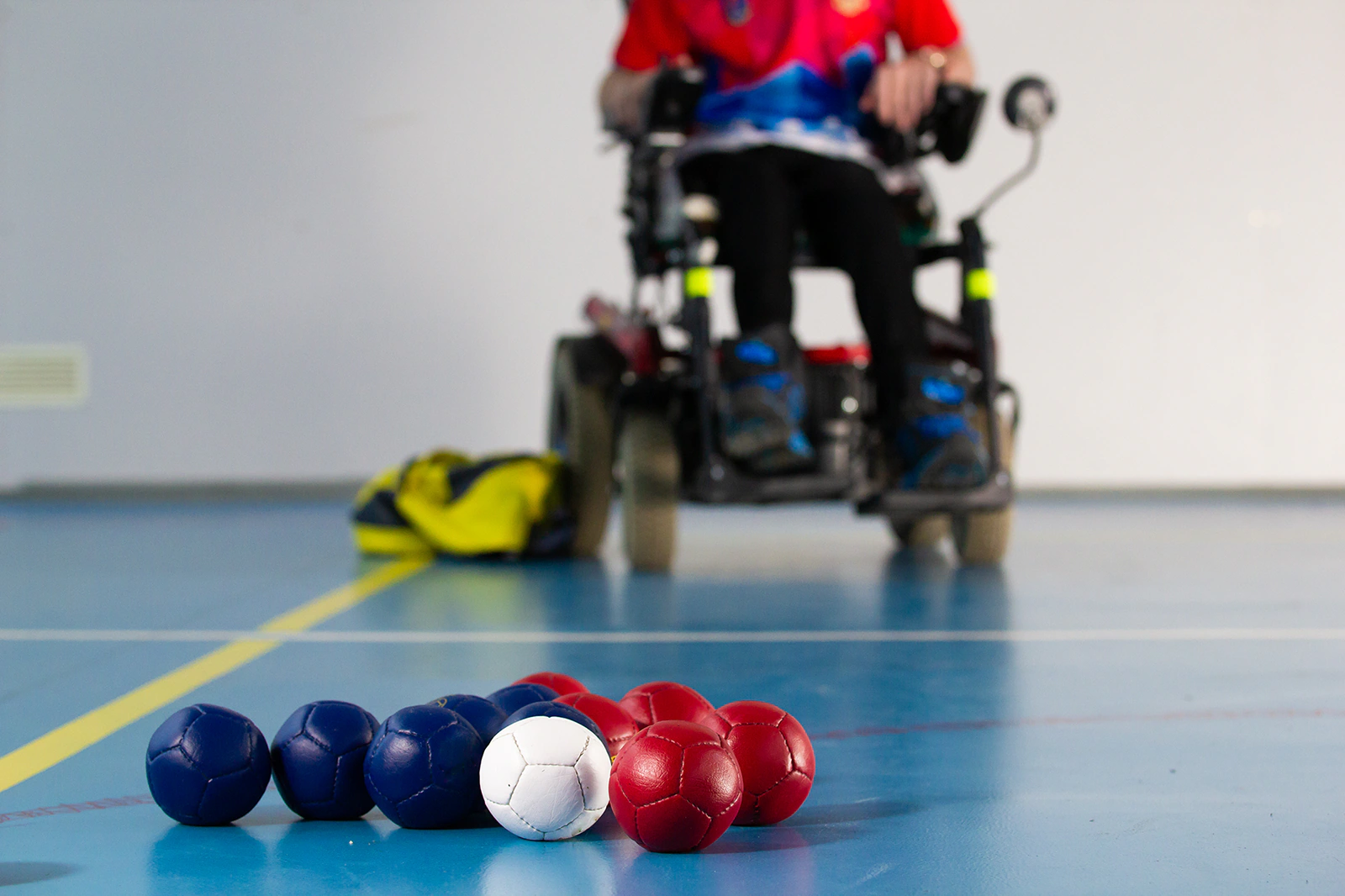Boccia, one of the oldest sports, has origins in ancient Greece and Egypt. Players in Greece
threw stones at a target, while similar forms were found in Egypt dating back to 5200 BC. The
sport was popular in marketplaces and streets during the Middle Ages, and its name derives from
the Italian word for bowl. A notable game was played by Sir Francis Drake in 1588 before
battling the Spanish Armada.
Initially designed for people with cerebral palsy, boccia now includes players with various
neurological impairments affecting motor function. It debuted in the Paralympics in 1984 in New
York, with 19 athletes from five countries. Today, boccia is played in over 50 countries, all
members of the Boccia International Sports Federation (BISFed).
In the Rio Paralympic Games, 108 athletes will compete in seven medal events. The sport's
competitive landscape has evolved, with Brazil, Canada, South Korea, and Great Britain among the
top contenders. Boccia is a strategic game requiring skill and determination and is one of two
Paralympic sports without an Olympic counterpart.


